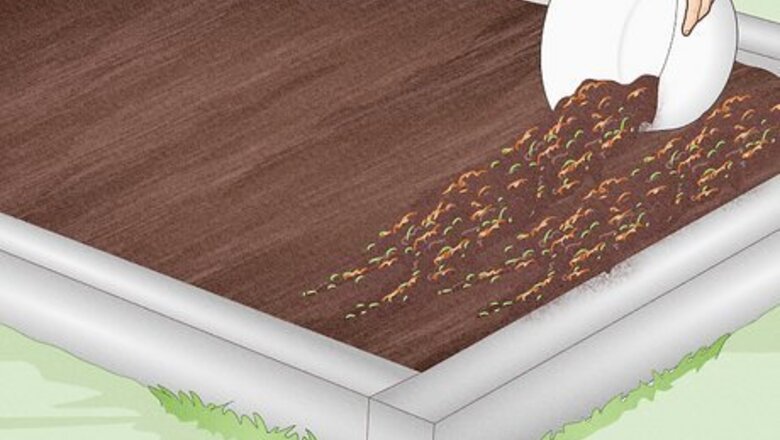
views
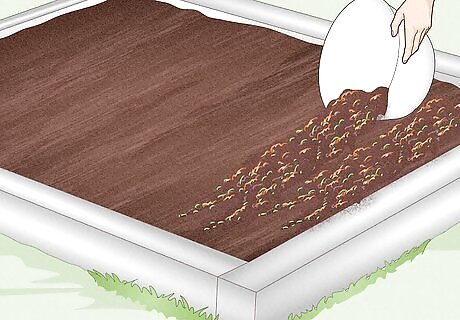
Set up a feeding system. Wind Row System. Place food on the right hand side of the row and keep it moist. Scrape vermicast off the opposite side because the worms will gravitate towards the direction that you feed them on. Therefore, you are able to remove the vermicast from the left and it won't contain any of the worms. Pond System. Start at the bottom-15 centimeter (5.9 in) compost. Keep adding 15 centimeter (5.9 in) compost at a time till pond is full. Remove whole pond to wash. Wind Rows Undercover. Food is placed on front and kept moist. Vermicast is scraped off the opposite side. Feed from the front, worms keep moving forward so what you remove from the back won't contain any of the worms. This is usually done in sheds and on a smaller scale.
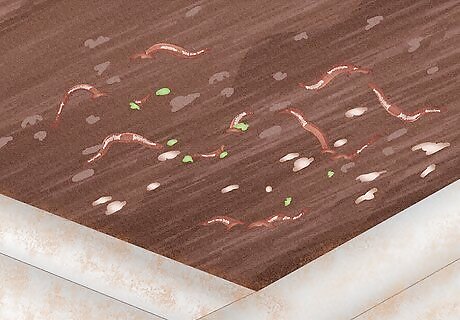
Once the earth worms have eaten all the food given then the following steps will be taken:
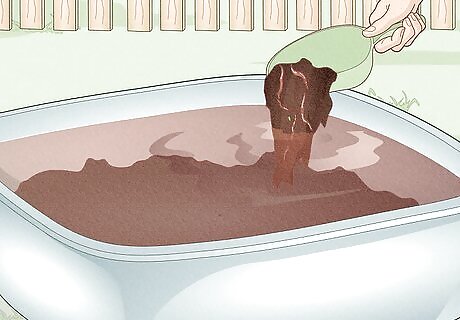
Washing Worms. This step occurs more so in the pond system however some worms are taken in the wind row system during the collection of the vermicast. Vermicast and worms mixed together in a tank of water, it is stirred, the worms are separated to the outside. Once everything is mixed up, the vermicast is suspended in the water and the worms disperse to the outside of the tank which are then caught in the nets.
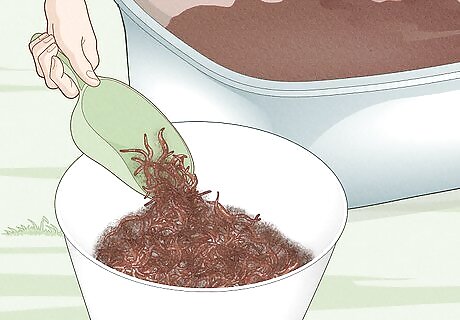
Catching Worms. Worms are caught and placed in into buckets.

Sieving Out Undigested Compost. Undigested compost is taken out with any worms that are left over. There may also be worm eggs which will need to be taken out as well.
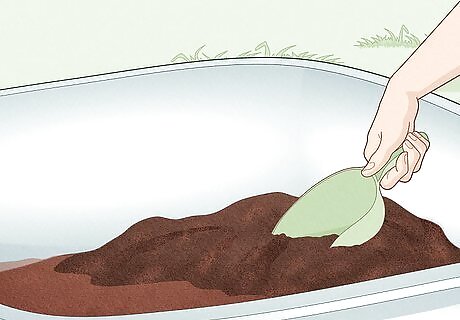
Collecting Vermicast. Vermicast settles towards the bottom of the tank and water drains off.

Leave the vermicast to dry out.
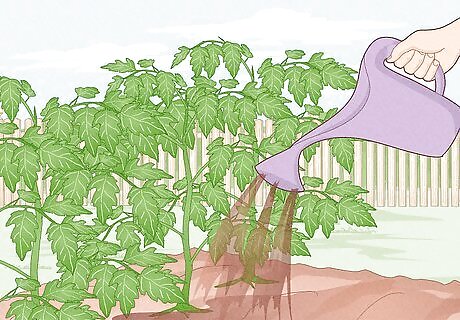
Worm Wash. Liquid left over-can be used as liquid fertiliser.
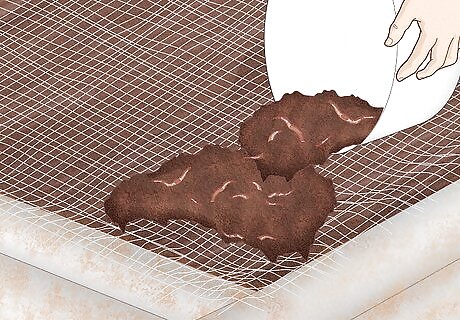
Worms After Wash. Undigested compost and the worms are placed on a netting on top of fresh compost. The worms will move into the compost leaving the undigested compost which you can then remove.












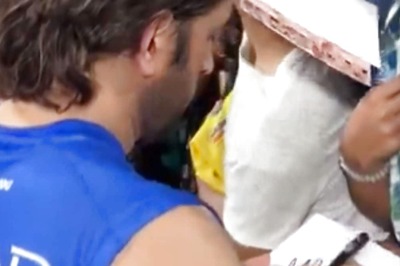

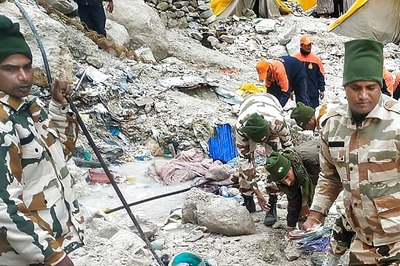
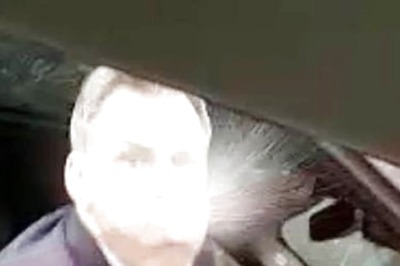


Comments
0 comment